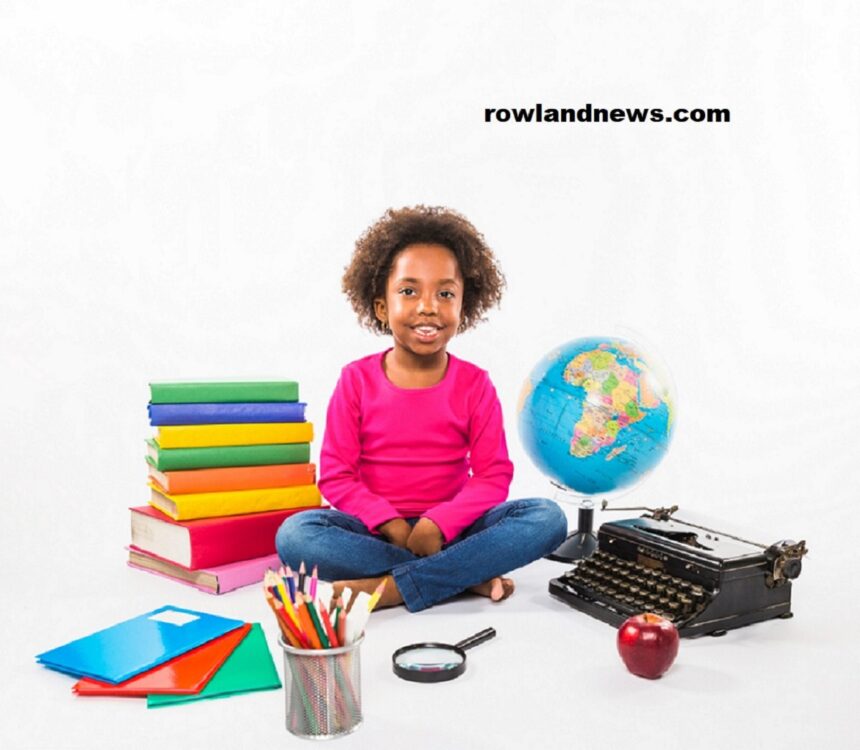Every successful preschool classroom adds up to one unsung hero — the Materials Buyer.
When most people think of early childhood education, they envision impeccably painted classrooms, friendly teachers, and happy children actively learning with their hands, eyes, and hearts. Some particulars slip through the cracks, though, and it is these that make all the difference in the world. There, our mystery actor’s head creeps from behind the curtain: the Materials Buyer.
This article explains who a materials buyer is, what roles they play, and why it is so important in quality early childhood education. We also provide resources so that you can pursue the behind-the-scenes perspective of first-rate teaching, directly related to a good learning environment.
Who is a Materials Buyer?
A materials buyer is a professional responsible for sourcing, purchasing and managing supplies to educational institutions. Usually, early learning institutes such as preschools, nurseries and kindergartens will call upon their services.
They see to it that classrooms have:
- Age-appropriate toys and manipulatives
- Educational books or tools
- Child-safe furniture and fixtures
- Health and hygiene products
- Art- and craft-making materials
- Even snacks for children or educational software
The materials buyer becomes the fulcrum between a school’s ideal and the physical tools necessary to realize it.
Importance of This Role in Early Childhood Education
Early childhood is a crucial stage in a person’s development. As UNESCO’s Early Childhood Education programme points out, the first five years of life lay the foundation for a lifetime of learning and success. A materials buyer ensures that children at this critical formative stage are surrounded by resources that foster their cognitive, emotional, social and physical growth.
In short, without the materials buyer, not even the best of teachers would have the tools to do an effective job.
Core Responsibilities of a Materials Buyer in ECE
1. Needs Assessment
Developers and administrators provide curriculum under supervision, curriculum content, and hardware equipment. For example, a play-based curriculum might require sensory toys, building blocks, and musical instruments, whereas a more academic setting would be arranged with books, writing tools, and counting aids.
2. Product Sourcing
They research and vet suppliers to find the best value without compromising on quality. Products must meet both developmental and safety needs.
3. Purchasing and Procurement
Buyers place orders, track shipments, and coordinate deliveries. They must also ensure that products arrive on schedule in good condition, a critical function when running schools that operate on a tight schedule.
4. Budget Management
Buyers must stretch every dollar. They may have to juggle multiple vendors, compare prices, and sometimes negotiate discounts, all while staying within the school budget and ensuring they do not exceed it.
5. Inventory Control
From glue sticks to bean bags, the materials buyer supervises what runs low and needs replacement; some even use digital inventory systems.
6. Vendor Relations
They cultivate long-term relationships with reputable vendors of educational supplies and stay informed about new academic offerings and product recalls.
What Skills Do Materials Buyers Need?
This is not just a “shopping” job. It is a multifaceted role demanding:
- Good organizational skills
- Strong communication and negotiation skills
- Knowledge of basic early childhood education practices
- Familiarity with safety and compliance standards
- Expertise in budgeting and logistics
Some background in early education, supply chain management or business is a big plus.
Where Do Materials Buyers Work?
Materials buyers can be found in various settings, including:
Private and public preschools
Montessori schools and learning centers
Nonprofits supporting early childhood education
Government education departments
International NGOs like UNICEF
Large school supply companies
Freelance or consultancy roles
Real-Life Example: The Difference a Buyer Can Make
If you’re someone entering the career field, becoming a materials buyer offers a special chance to influence children’s development outside the classroom. Imagine this: A preschool director has a budget of ₦150,000 to buy materials for the term.
Without a buyer, she might find herself buying things she really doesn’t need or missing out on bulk discounts.
Now, with a lights-out materials buyer in charge of purchasing, that same budget can buy everything – from Mother Goose books in Arabic, Urdu, and Vietnamese to children’s puzzles and STEM toys, all in place of the old before school starts up again.
That’s the kind of procurement at which school materials buyers excel.
Final Thoughts:
The next time you see a preschooler building with toy logs, pouring water into a modeling clay boat, or poring through his newest picture book, remember: somebody picked those items out and made sure they were there – safe, affordable, and suited for his stage of development. That somebody was the materials buyer.
They might not be thinking big or flourishing on the global stage, these materials buyers. Yet they are the very bedrock of the classroom experience.
In a world coming to realize the importance of early childhood education, we have to bring this vital part out into full daylight.
Want to Learn More or Develop a Classroom Supply Policy?
Please also take a glance at Edutopia’s resources for early learning to get some hands-on inspiration and tips.














